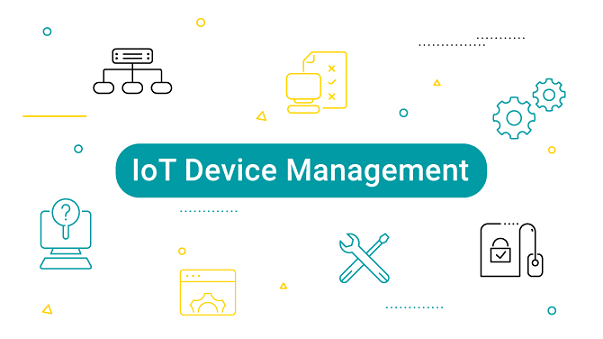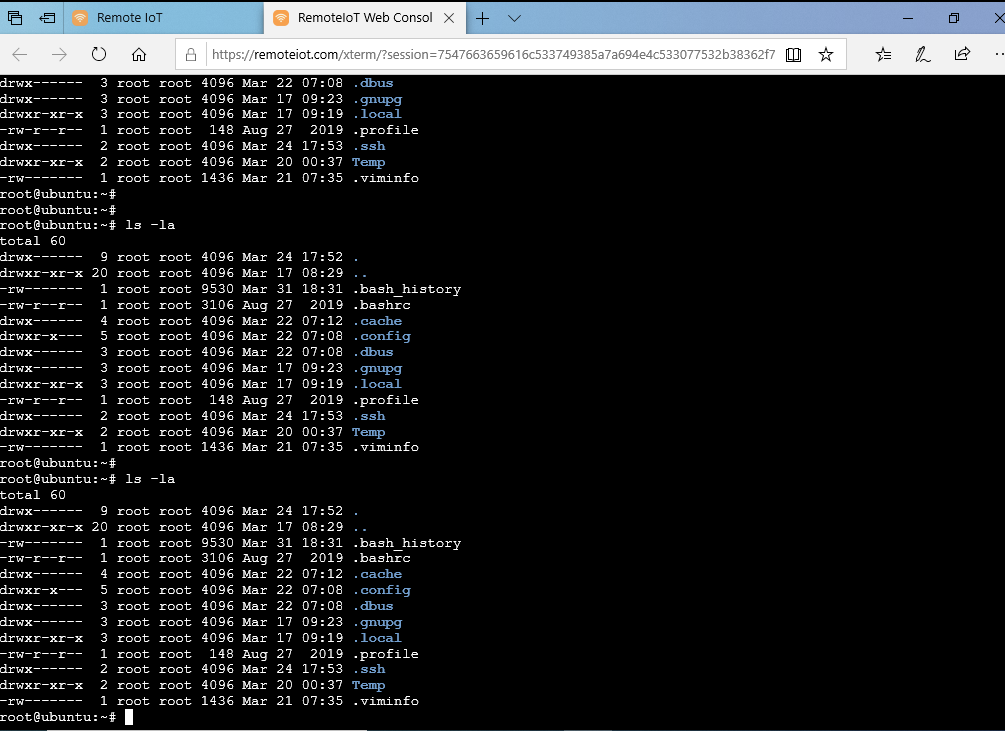How to Remotely SSH into IoT Devices through a Web Browser
Nowadays, the Internet of Things (IoT) has made remote device management much easier. Consider a Raspberry Pi, a small yet powerful computer that can be accessed by almost anybody. One of the simplest ways to give them remote access over their Raspberry Pi is to use SSH (Secure Shell). They may essentially create a secure internet connection to their devices via SSH. Here's a quick lesson on how to SSH into Internet of Things devices like Raspberry Pis directly from web browser.

What's SSH?
SSH is simply a secure network connection method for connecting to another computer or device. SSH IoT is quite useful when it comes to Internet of Things devices, such as the Raspberry Pi. Because it allows users to operate their devices from any location, it is ideal for doing rapid updates, installing new software, and correcting issues. To do business, people don't even need to be close to their Raspberry Pi. They may be lounging in a different part of the world and yet handle things well.
How to Set Up SSH on a Raspberry Pi
Before anyone can SSH into their Raspberry Pi from afar, they need to make sure SSH is enabled on the device. Most Raspberry Pi setups have SSH turned off by default for security reasons, people can fire up the Raspberry Pi configuration tool by typing 'sudo raspi-config' in the terminal. Then, head over to "Interfacing Options" and switch on SSH. Another way is to pop a blank file named 'ssh' (no extension) into the boot directory of the Raspberry Pi's SD card. Simple as that.
How to Access Raspberry Pi via SSH in a Web Browser
Using a web browser to ssh raspberry pi is super convenient. It allows people to manage their devices from anywhere without downloading extra software. This is where RemoteIoT comes in. They've got an easy-to-use platform for accessing ssh iot devices in web browser.
- Sign Up on RemoteIoT: First up, people need to create an account on RemoteIoT. Signing up is quick and straightforward.
- Install the RemoteIoT Client on Raspberry Pi: After signing up, they'll need to install the RemoteIoT client on their Raspberry Pi. RemoteIoT provides simple commands to get everything set up on the device.
- Connect the Device: Once the client is up and running, the Raspberry Pi will show up in the RemoteIoT dashboard. From there, people can access the SSH terminal directly from their web browser-no need for any extra software like PuTTY or Terminal. It's an easy and straightforward way to manage a Raspberry Pi.

Why Use a Web Browser for SSH?
Using a web browser to remotely ssh raspberry pi comes with some big perks. First off, there's no need to mess around with installing and configuring SSH clients on every computer. All people need is a browser and an internet connection. This is especially helpful for those who manage a bunch of devices spread across different locations.
Plus, RemoteIoT throws in extra features like encrypted connections, multi-user access, and even remote desktop options. These extras make managing IoT devices more secure and convenient.
Centralize SSH Key Management
SSH is secure, but people should still take some basic precautions. For starters, changing the default password on any Raspberry Pi is a no-brainer, and using a strong, unique password is even better. Setting up SSH keys instead of passwords is an even stronger move.
RemoteIoT supports centralized management of SSH keys. This eliminates the complexity of distributing and managing SSH keys across systems. This centralized approach simplifies key distribution, rotation, and revocation, providing a single point of control. It simplifies security policy enforcement and compliance assurance.
The Bottom Line
SSH-ing into Raspberry Pi and other IoT devices through a web browser is a solid way to manage devices remotely. Platforms like RemoteIoT make it simple and secure without all the extra hassle. Whether it's fixing things, updating software, or just keeping an eye on devices, web-based SSH access is a practical and effective solution for anyone dealing with IoT.
